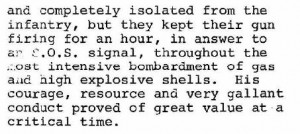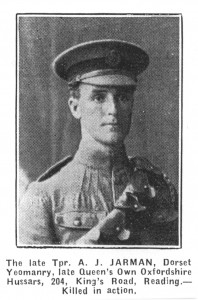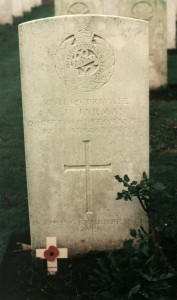Ernest Kearse
Private 19679
5th Royal Berkshire Regiment
Division 24
 |
Ernest Kearse was killed in action on the 3rd July 1916. His initials “E.K. fell in action July 1916” is commemorated on a small scroll stone. Burial records revealed the family name as Kearse. CWGC information indicates only that he is listed on the Thiepval Memorial to the Missing. Pier and Face 11 D.
The 5th Royal Berks. battalion was attacking Ovillers as part of the 12th Division. Ovillers was a first day objective on the opening of the Somme battle which had resisted capture. Zero hour was 3.15a.m. although the leading waves left the trenches and crawled forward at 3a.m.
The initial attack went well breaching the German front line. The Germans, in deep dug outs, were forced out with grenades and hand to hand fighting took place. However, by 9a.m. the Berkshires had run out of bombs. Some men reached the village but became isolated and were killed. Others were killed by land mines, detonated by trip wire, between the German first and second lines. The machine guns were murderous and survivors who tried to retreat were cut down as they sought cover in shell holes. In a general withdrawal to a sunken road more men were killed by artillery, of both sides, and more machine gun fire.
Losses for the battalion were 91 killed, 212 wounded, 104 missing. Among these were Ernest Kearse. The British Official History of the action in which 2,400 men of the 12th Division lost their lives stated “to have reached the German trenches at all was an outstanding feat of arms”.
It is believed that Ernet Kearse was the son of Henry and Louisa Kearse of 67, Blenheim Road. At the time of the 1911 census he was an apprentice compositor at a printing works his older brother had the same occupation. His father was a forman at Huntley and Palmers. His younger sister a dressmaker’s assistant.




